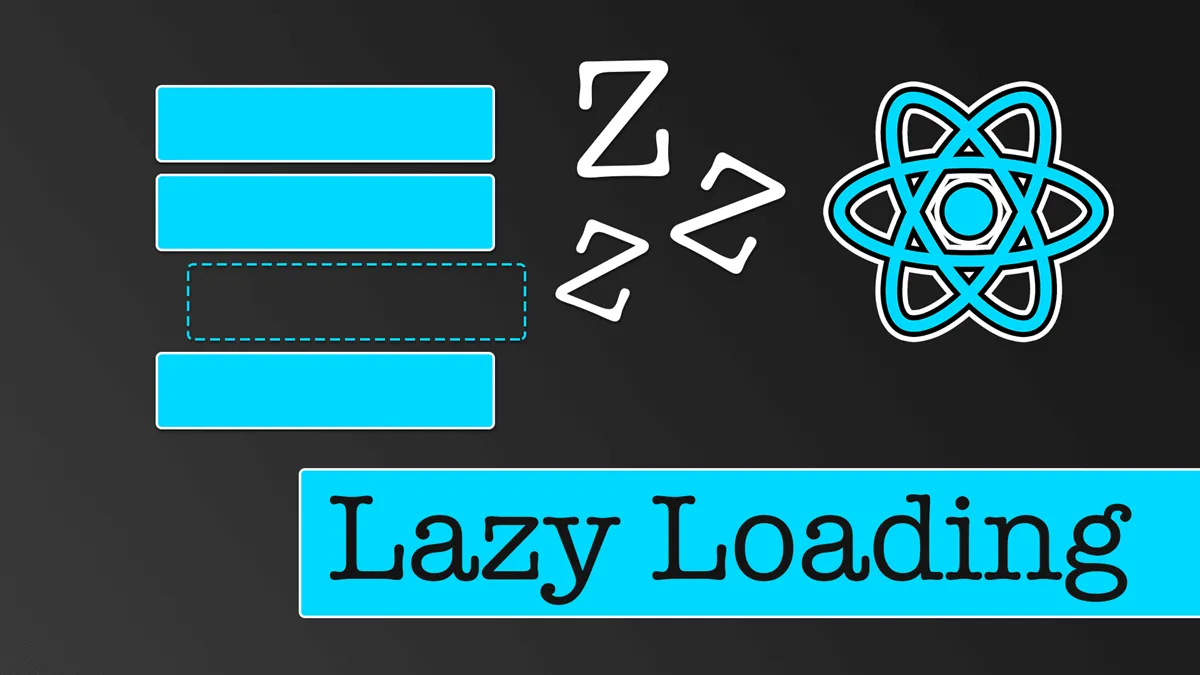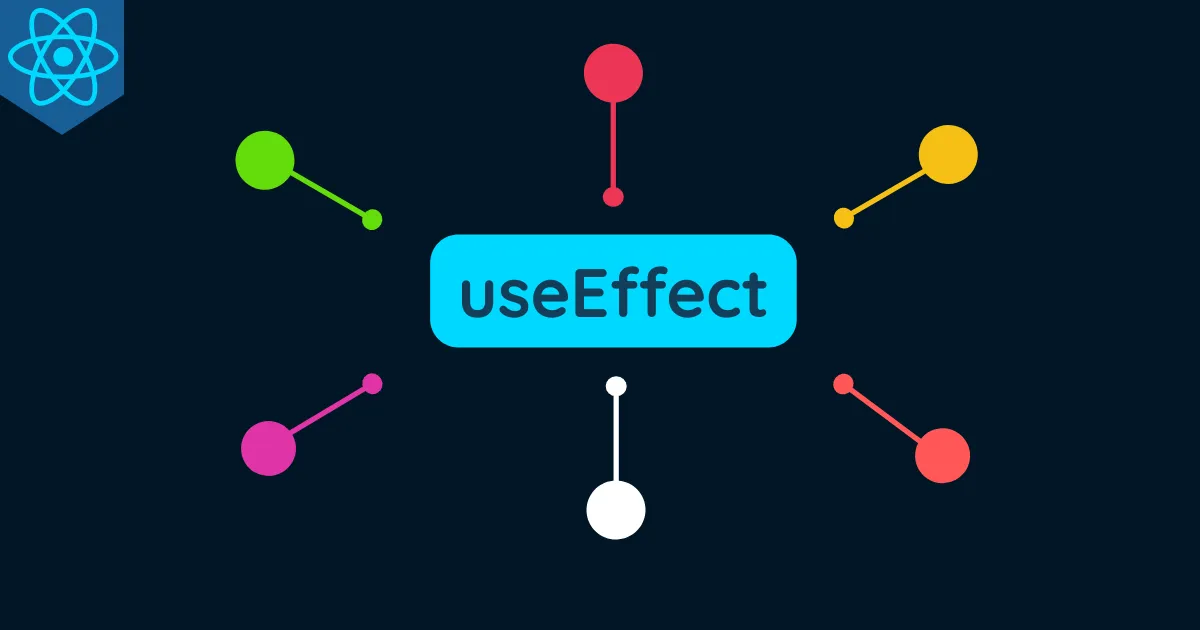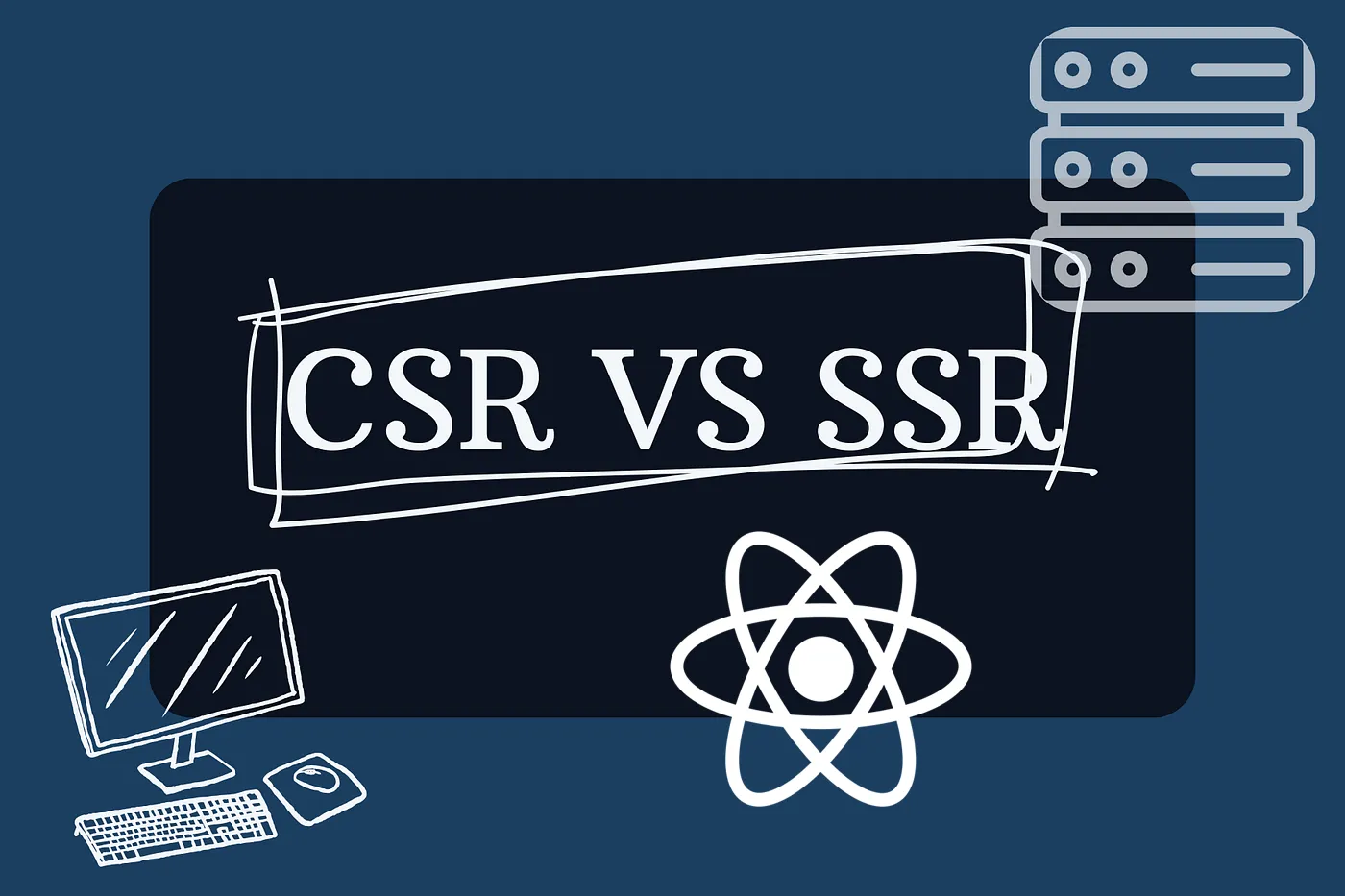In the modern web development world, speed is no longer an option—it's a mandatory requirement. Users expect web applications to be lightning-fast, and one of the biggest "enemies" of speed is the bulky JavaScript bundle size. This is where React Lazy Loading shines as a savior, an essential technique that helps you build super-fast React applications and deliver a "peak" user experience.

This article will be your compass, going from the basic concept "What is Lazy Loading?" to advanced implementation techniques. Let's explore together!
What is Lazy Loading in React? Why is it important?
Imagine you're entering a massive buffet restaurant. Instead of the staff bringing all the dishes to your table at once (which would overload the table and leave you unsure where to start), they only bring out the dishes you request. That's exactly the philosophy of Lazy Loading.
In React, Lazy Loading is a technique that allows you to defer loading the source code of a component until it's actually needed to be displayed on screen.
By default, bundlers like Webpack or Vite will combine all JavaScript code of the application into a single file. When users access it, they have to download this entire "giant" file, even if they only view a small portion of the page. This leads to:
- Slow initial load time: Creates a poor first impression and increases bounce rate.
- Wasted bandwidth: Users (especially on mobile) have to download data they never use.
- Poor user experience: The website feels sluggish and unresponsive.
Lazy Loading thoroughly solves these problems by implementing Code Splitting. It breaks down your code bundle into smaller chunks and only loads them intelligently when needed.
Implementing Lazy Loading in React
Implementing Lazy Loading in React becomes incredibly intuitive thanks to the "perfect pair" built-in: React.lazy and Suspense.
React.lazy
React.lazy is a function that allows you to render a dynamic import as a regular component.
How it works: It takes a function that must call import(). This import() call will return a Promise, and when this Promise is resolved, it will provide a module containing a default export that is a React component.
// Instead of static import like this:
import OtherComponent from './OtherComponent'
// We use dynamic import with React.lazy:
const OtherComponent = React.lazy(() => import('./OtherComponent'))
Suspense
But while OtherComponent is in the process of being downloaded (which could take a few milliseconds to several seconds), React needs to display something for the user. This is where Suspense comes in.
Suspense is a component that allows you to specify a fallback UI, such as a spinner or a "Loading..." message, while its child components are being lazily loaded.
Here's how React.lazy and Suspense work together:
import React, { Suspense } from 'react'
// 1. Import component in a "lazy" way
const HeavyChartComponent = React.lazy(() => import('./HeavyChartComponent'))
function Dashboard() {
return (
<div>
<h1>Overview Data</h1>
{/* 2. Wrap lazy component in Suspense */}
<Suspense fallback={<div>📈 Loading chart...</div>}>
<HeavyChartComponent />
</Suspense>
</div>
)
}
export default Dashboard
Simple, right? When Dashboard is rendered, React will display the fallback while waiting for HeavyChartComponent to finish loading. As soon as it's loaded, HeavyChartComponent will replace the fallback.
Common and most effective use cases
Route-Based Code Splitting
Splitting code by Route is the most powerful and common application. Instead of loading all code for all pages, we only load code for the page the user is currently accessing.
import React, { Suspense, lazy } from 'react'
import { BrowserRouter as Router, Routes, Route, Link } from 'react-router-dom'
// Lazy load components for each page
const HomePage = lazy(() => import('./pages/Home'))
const AboutPage = lazy(() => import('./pages/About'))
const ProfilePage = lazy(() => import('./pages/Profile'))
function App() {
return (
<Router>
<nav>
<Link to="/">Home</Link>
<Link to="/about">About</Link>
<Link to="/profile">Profile</Link>
</nav>
<Suspense fallback={<div>Loading page...</div>}>
<Routes>
<Route path="/" element={<HomePage />} />
<Route path="/about" element={<AboutPage />} />
<Route path="/profile" element={<ProfilePage />} />
</Routes>
</Suspense>
</Router>
)
}
With this structure, the code for AboutPage and ProfilePage won't be loaded until the user clicks on the corresponding link.
Conditional Rendering
Load a component only when a condition is met, such as when the user clicks a button to open a modal window.
import React, { useState, Suspense, lazy } from 'react'
const EditProfileModal = lazy(() => import('./EditProfileModal'))
function UserProfile() {
const [isModalOpen, setModalOpen] = useState(false)
return (
<div>
<button onClick={() => setModalOpen(true)}>Edit Profile</button>
{/* Only when isModalOpen is true, the component starts loading */}
{isModalOpen && (
<Suspense fallback={<div>Loading...</div>}>
<EditProfileModal onClose={() => setModalOpen(false)} />
</Suspense>
)}
</div>
)
}
Error Boundaries, handling errors in React
The internet isn't always perfect. If the lazy loading process fails (e.g., connection loss), your application might crash. To prevent this, use Error Boundaries.
Error Boundary is a React component that can catch JavaScript errors from its child components and display an alternative user interface.
import React, { Suspense } from 'react'
import { ErrorBoundary } from 'react-error-boundary' // A popular library
const SomeRiskyComponent = React.lazy(() => import('./SomeRiskyComponent'))
function MyFallbackComponent({ error, resetErrorBoundary }) {
return (
<div role="alert">
<p>Oops! Something went wrong:</p>
<pre>{error.message}</pre>
<button onClick={resetErrorBoundary}>Try again</button>
</div>
)
}
function App() {
return (
<ErrorBoundary FallbackComponent={MyFallbackComponent}>
<Suspense fallback={<div>Loading...</div>}>
<SomeRiskyComponent />
</Suspense>
</ErrorBoundary>
)
}
By wrapping Suspense in an ErrorBoundary, you ensure that even if lazy loading fails, your application still works and provides users with a handling option.
React Lazy Loading is not just an optimization feature, it's an indispensable part of creating modern, professional web applications. By strategically applying React.lazy and Suspense, you not only significantly improve important performance metrics (Core Web Vitals) but also deliver a smooth and fast experience that satisfies users.
Start reviewing your application today, look for "heavy" components, less-accessed pages, and immediately apply the Lazy Loading technique.
The effectiveness it brings will definitely surprise you!



